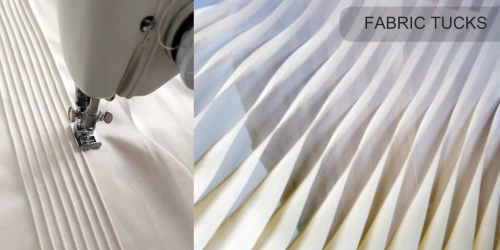
Exploring Different Types of Tucks: Adding Texture and Detail to Garments

There are various types of tucks, each offering unique design possibilities and creative opportunities to elevate your garments. Fabric tucks are a classic embellishment technique in sewing that can add depth, texture, and a touch of elegance to your projects. If you're a sewing enthusiast looking to enhance your skills, learning about tucks in garments is a great place to start. From simple pintucks to decorative box pleats, mastering the art of tucks opens up a world of creativity in garment construction.
At Anuprerna, we value the artistry and elegance that fabric tucks bring to garments. Our commitment to excellence extends to providing quality materials and resources to empower creators in exploring the creative possibilities of tucks. Through our curated selection, we aim to inspire and enable individuals to elevate their garments.
What Are Fabric Tucks?
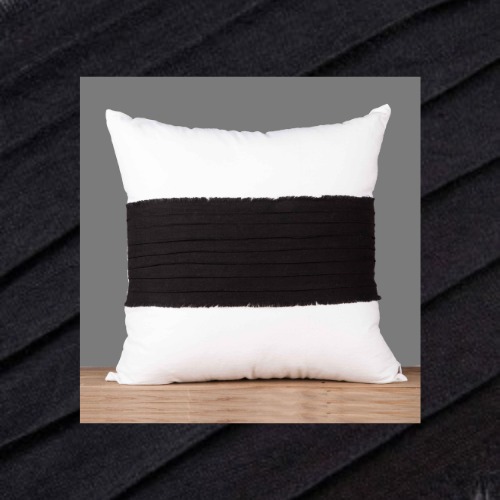
Stitched fabric tucks, also known as pin tucks, are narrow, parallel folds of fabric that are stitched down to create a raised pattern or texture. They can be used for decorative purposes on clothing, home decor items, and various sewing projects.
Steps to Sew Tucks:
Preparation: Start by washing and pressing your muslin fabric to remove any wrinkles or sizing.
Marking: Decide on the spacing and depth of your tucks. Mark parallel lines on the wrong side of the fabric using chalk or a disappearing ink pen.
Folding: Fold the fabric along the marked lines, creating a small pleat. Pin the pleat in place.
Stitching: Using a straight stitch, sew along the folded edge of the pleat, as close to the edge as possible. Make sure to remove the pins as you sew.
Pressing: After sewing each tuck, press it with a hot iron to set the fold and create a crisp, raised tuck.
Repeat: Continue folding, pinning, sewing, and pressing until you've created all the desired tucks.
Finishing: To secure the tucks and prevent them from unraveling, backstitch or tie off the threads at the beginning and end of each tuck to release tucks texture
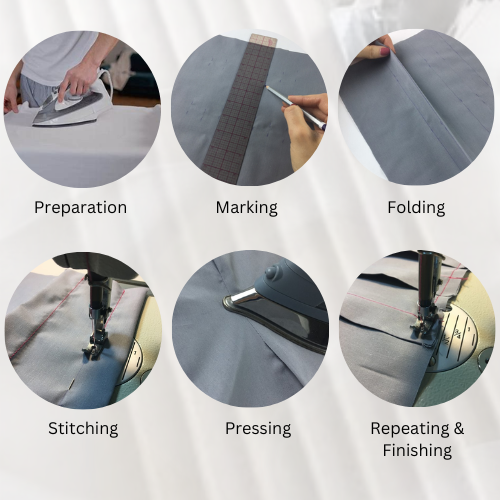
Types of Tucks:
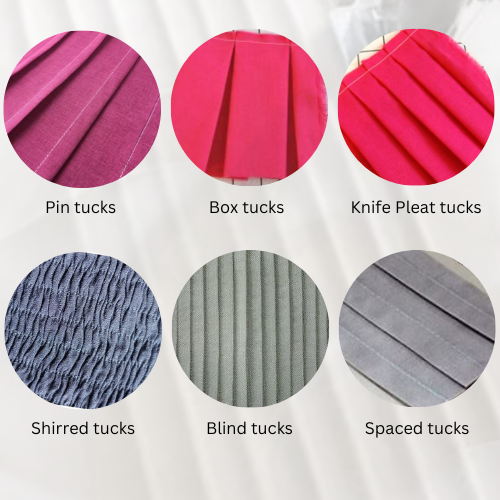
Pin Tucks: These are narrow, closely spaced tucks that are often used for delicate and lightweight fabrics. Pin tucks create a delicate, textured effect and are commonly seen on blouses, heirloom sewing, and children's clothing.
Box Tucks: Also known as pleated tucks, box pleat tucks are wider and offer more volume compared to traditional tucks. They are excellent for adding dimension to skirts and dresses. Box pleat tucks are usually formed by folding the fabric in opposite directions, creating a box-like effect.
Knife Pleat Tucks: These tucks are typically wider and deeper, and they are commonly used in men's formal shirts. They provide a crisp, structured appearance and are created by folding the fabric in the same direction, forming a sharp, knife-like edge.
Shirred Tucks: Shirring is a technique where multiple rows of parallel stitches are sewn to create gathered tucks. This technique is often used to add elasticity and gather fabric in a decorative way. Shirred tucks are frequently found in the bodices and waistbands of dresses and tops.
Blind Tucks: Blind tucks are hidden fabric folds stitched from the inside, creating an invisible seam on the garment's exterior. They are used for aesthetics and fabric control, providing a neat, tailored appearance.
Spaced Tucks: Spaced tucks involve regular fabric folds with gaps in between, primarily used for decoration. They add texture and style to garments, with consistent spacing creating a unique visual effect. Ideal for both historical and contemporary fashion.
Tuck Variations:
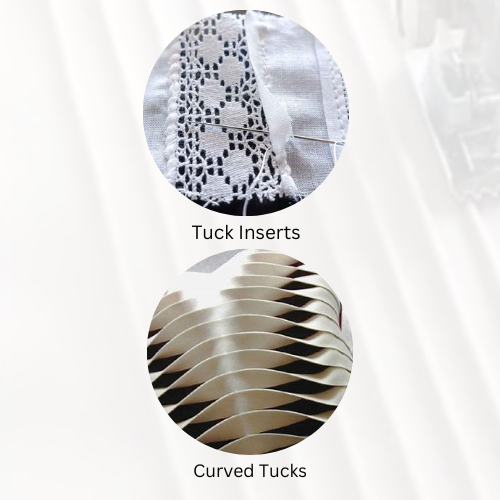
Tuck Inserts: To add an extra layer of design complexity, consider inserting a contrasting fabric strip or lace between tucks. This adds an eye-catching element to your garment and showcases your creativity.
Curved Tucks: While straight tucks are the most common, curved tucks can add an exciting twist to your projects. Curved tucks are often seen on collars, cuffs, and bodices, creating a soft and feminine look.
Tucks in Modern Fashion:
Tucks are not limited to traditional or vintage styles. Modern fashion designers often incorporate tucks into their collections, adding depth and uniqueness to contemporary garments and sustainable clothing. From runway fashion to everyday wear, tucks continue to be a versatile and trendy embellishment.
Here at Anuprerna, we focus on sustainable yet fashionable wear. Hence, We do provide custom made designs of your choice which you can order through our website.
https://anuprerna.com/productsservices/custom-clothing-accessories-homewares
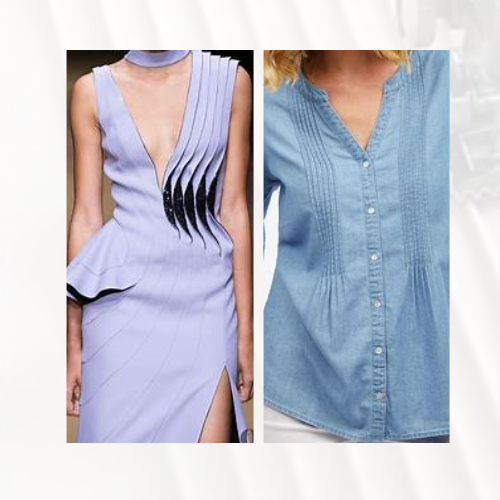
related questions
What is the purpose of tucks?
arrow_drop_downTucks serve both aesthetic and functional purposes in sewing. They can be decorative, adding texture and design details, or functional, adjusting the fit, shaping garments, and providing structural stability.
What is difference between tucks and pleats?
arrow_drop_downTucks and pleats are both fabric folds in sewing, but tucks are smaller, narrower folds usually sewn in parallel, while pleats are larger folds that involve folding and securing fabric to create volume or decorative effects.
What is the difference between tucks and darts?
arrow_drop_downTucks and darts are both fabric manipulations in sewing. Tucks are folds stitched in place for decoration or fit adjustment, while darts are folded and sewn to shape and contour a garment for a more tailored fit.
What is ruched fabric?
arrow_drop_downRuched fabric is fabric that is gathered or pleated in a way that creates a textured and gathered appearance, often used for decorative or form-fitting purposes in clothing.
More Blogs
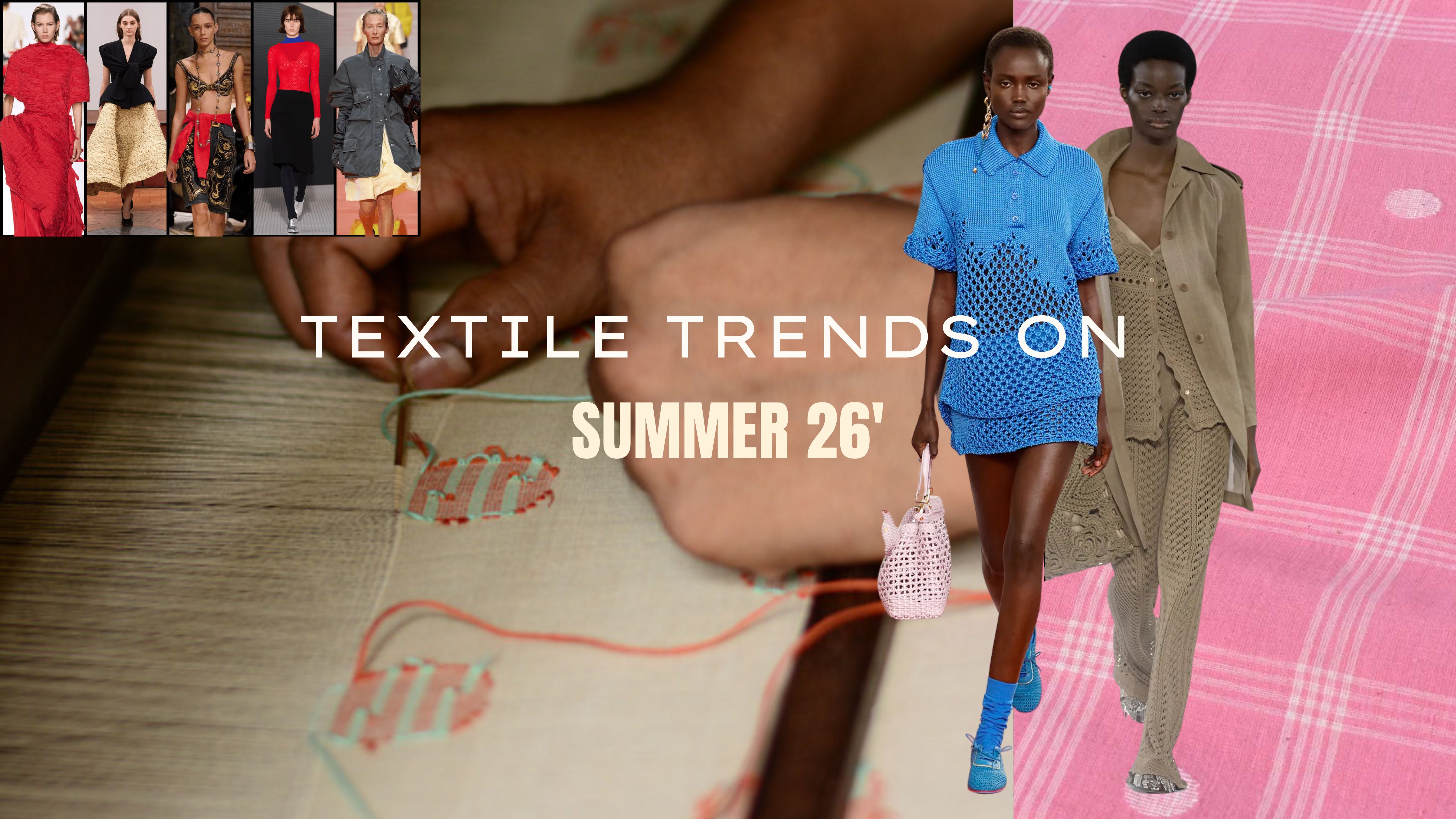
summer 2026 textile trends: the season of slow luxury
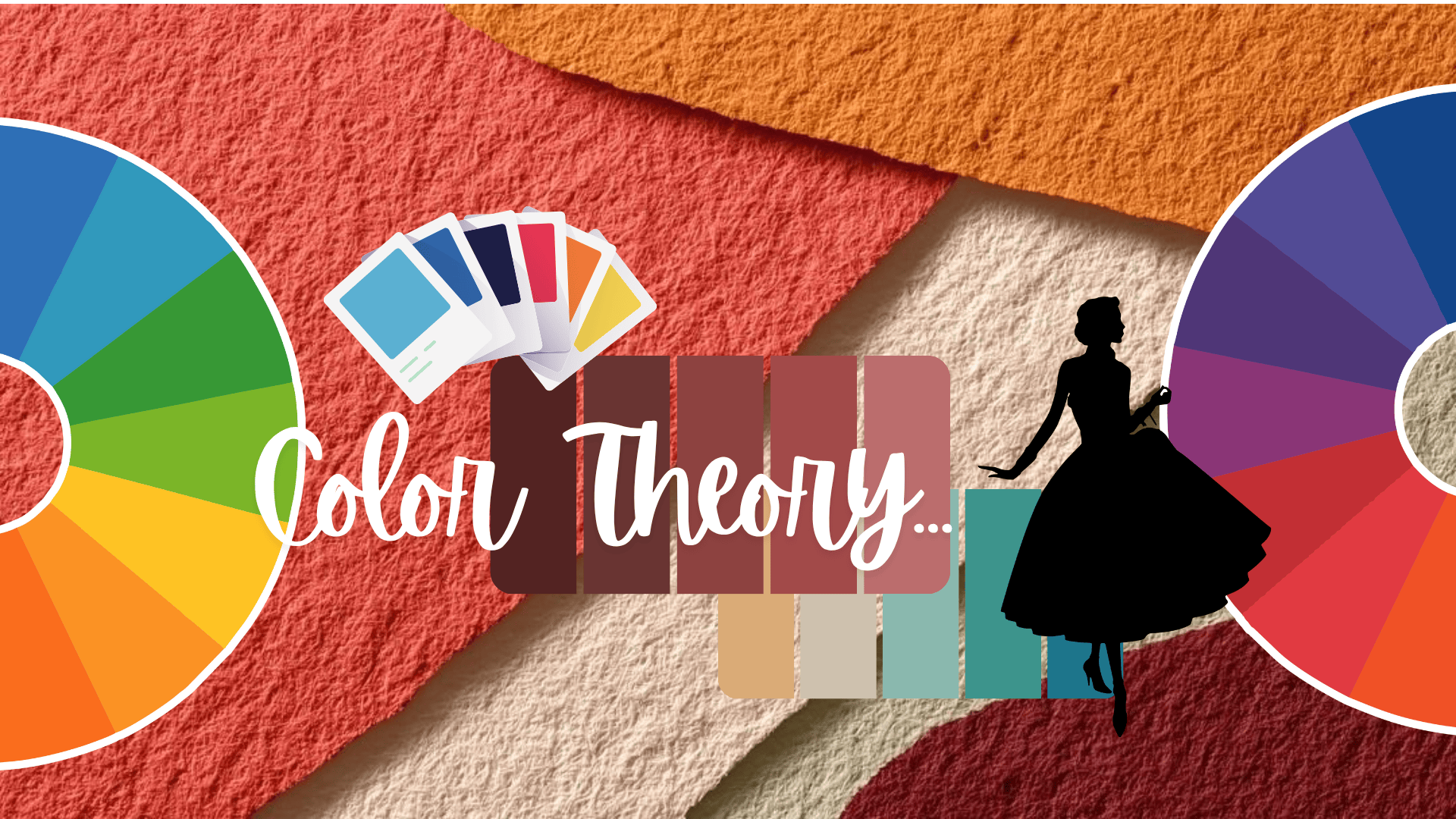
the color theory hack: instantly upgrade your style with the science of hues
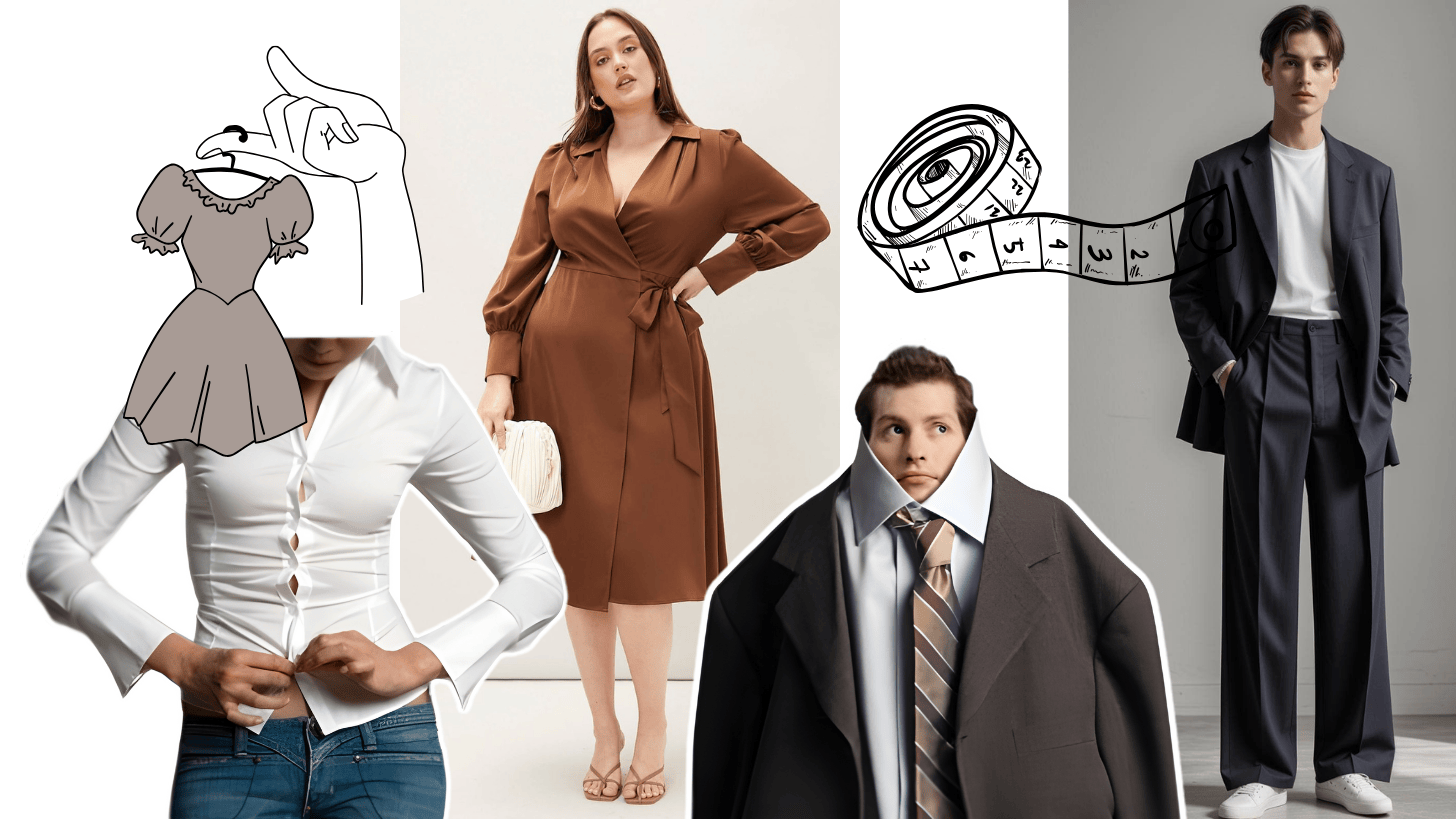
the style blueprint: 5 simple rules to improve dressing sense instantly
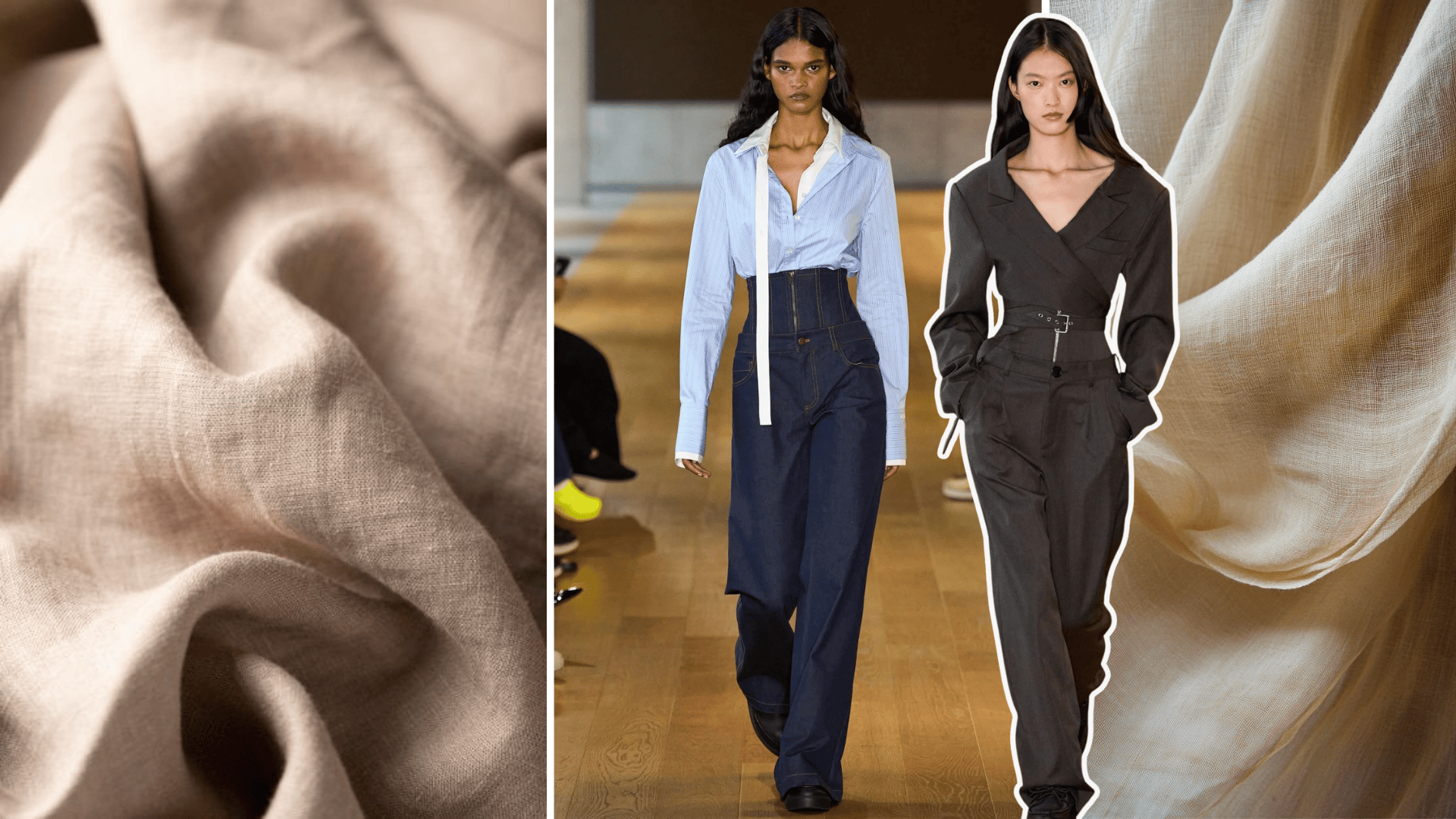
top 5 textures to watch in fashion trends 2025
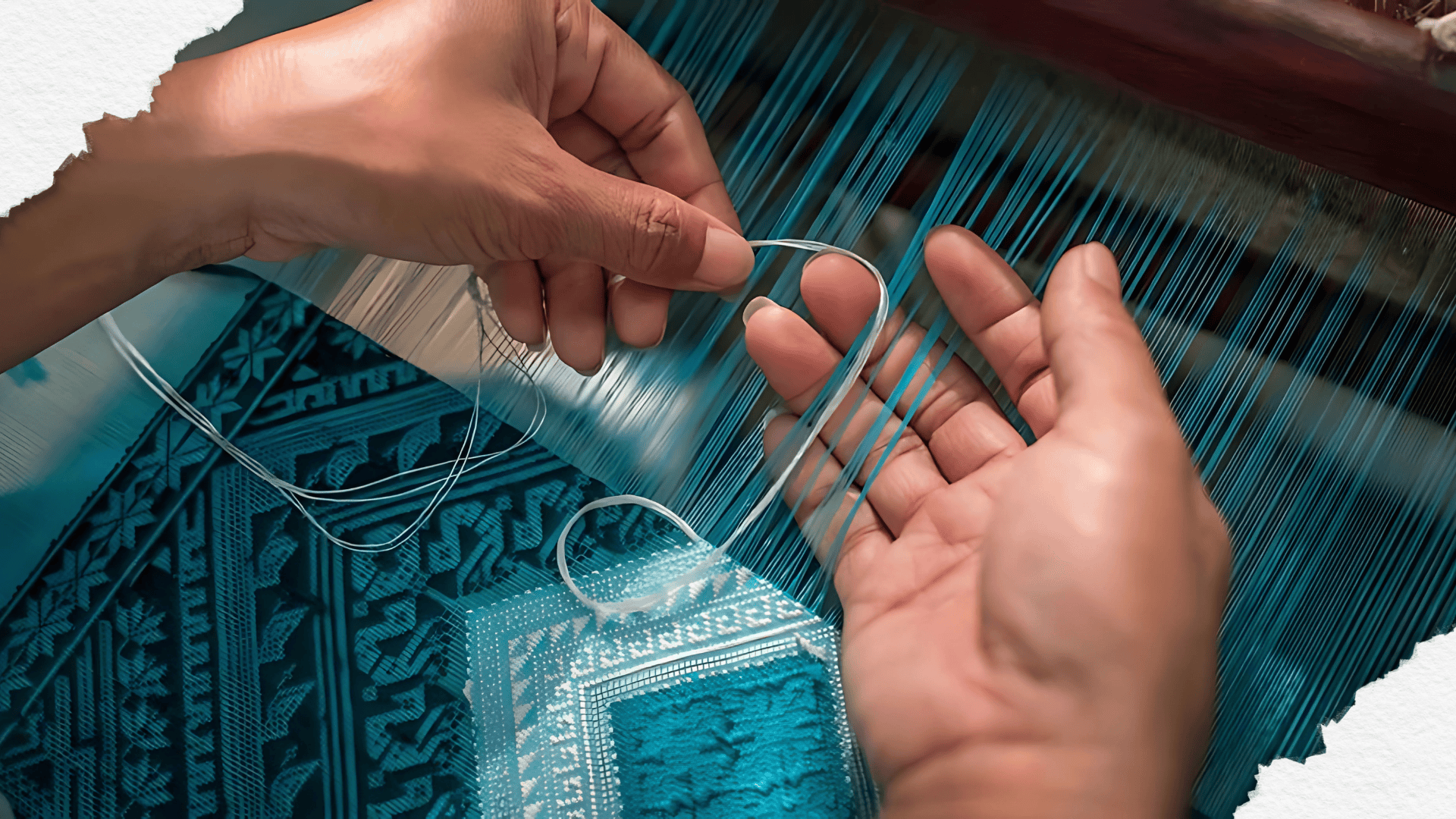
beyond borders: how fashion designers reimagine indian handloom in global fashion

5 key design elements in fashion and styling behind every great look






